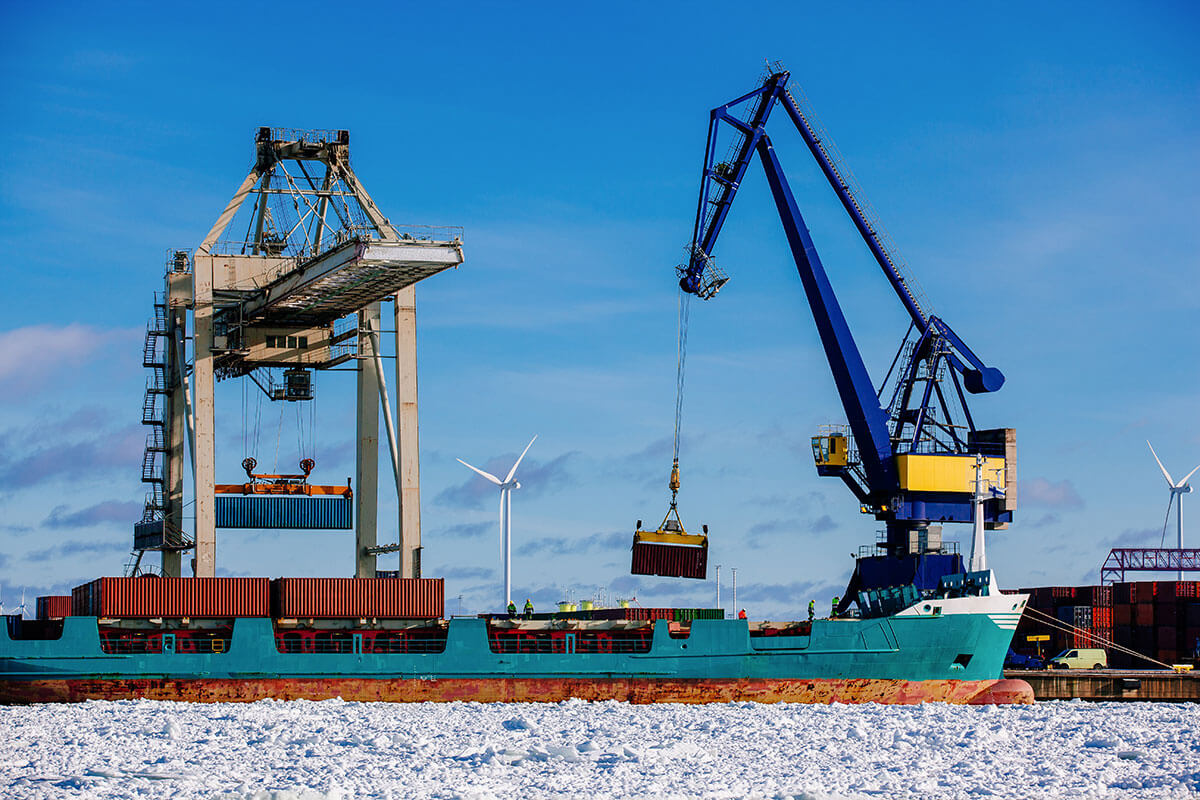
As the world grows increasingly interconnected, the logistics industry continues to evolve at a rapid pace. Global supply chains have faced unprecedented challenges in recent years—from the pandemic to geopolitical tensions—and in 2025, businesses are rethinking the way they move goods across borders. At SV International Logistics, we stay ahead of the curve to help our clients navigate this fast-changing landscape.
Automation and artificial intelligence (AI) are transforming how shipments are planned, tracked, and delivered. AI-driven route optimization, predictive maintenance, and automated warehouses are reducing delays and cutting costs. In 2025, expect wider adoption of AI in customs documentation, cargo tracking, and demand forecasting.
What It Means for You:
Faster deliveries, reduced human error, and better visibility into your supply chain.
Eco-conscious logistics practices are no longer optional—they’re becoming the norm. With growing regulations and customer demand for sustainable practices, companies are investing in electric delivery vehicles, biofuel-powered ships, and carbon offset programs.
What It Means for You:
Choosing a logistics partner committed to sustainability helps reduce your environmental impact and improves your brand reputation.
Digital platforms are streamlining communication and increasing transparency in global logistics. Blockchain, cloud-based TMS (Transportation Management Systems), and real-time data exchange are becoming standard across the industry.
What It Means for You:
Real-time updates, secure documentation, and fewer disruptions across your international shipments.
The disruptions caused by COVID-19 and geopolitical instability have led companies to diversify suppliers and logistics partners. Nearshoring, multi-modal transport strategies, and regional warehousing are gaining popularity to minimize risk.
What It Means for You:
A more resilient supply chain that can adapt quickly to global events and unexpected disruptions.
With online shopping booming worldwide, logistics providers must adapt to meet rising expectations for fast, flexible, and traceable shipping. Cross-border e-commerce logistics is a major growth area in 2025.
What It Means for You:
Tailored solutions for e-commerce businesses, including last-mile delivery optimization and simplified customs handling.
Major ports are becoming “smart” through IoT integration, automated cranes, and AI-driven container tracking. Governments and private sectors alike are investing in logistics infrastructure to support higher volumes and faster turnover.
What It Means for You:
Improved turnaround times at ports and fewer bottlenecks in international shipping routes.



India’s Trusted Brand in Global Logistics. With a commitment to excellence and a passion for service, we ensure your shipment moves seamlessly—on time, every time.
Get best rate for your logistics shipping
Transparent Pricing. Instant Delivery Quotes. 24/7 Customer Support at Your Service
svinternational1984@gmail.com | support@svinternationallogistics.com
+91 7408 418 331 | 8090 099 999
Shop No.02, Saluja Complex, Neelam Chowk, Faridabad-121001
WhatsApp us